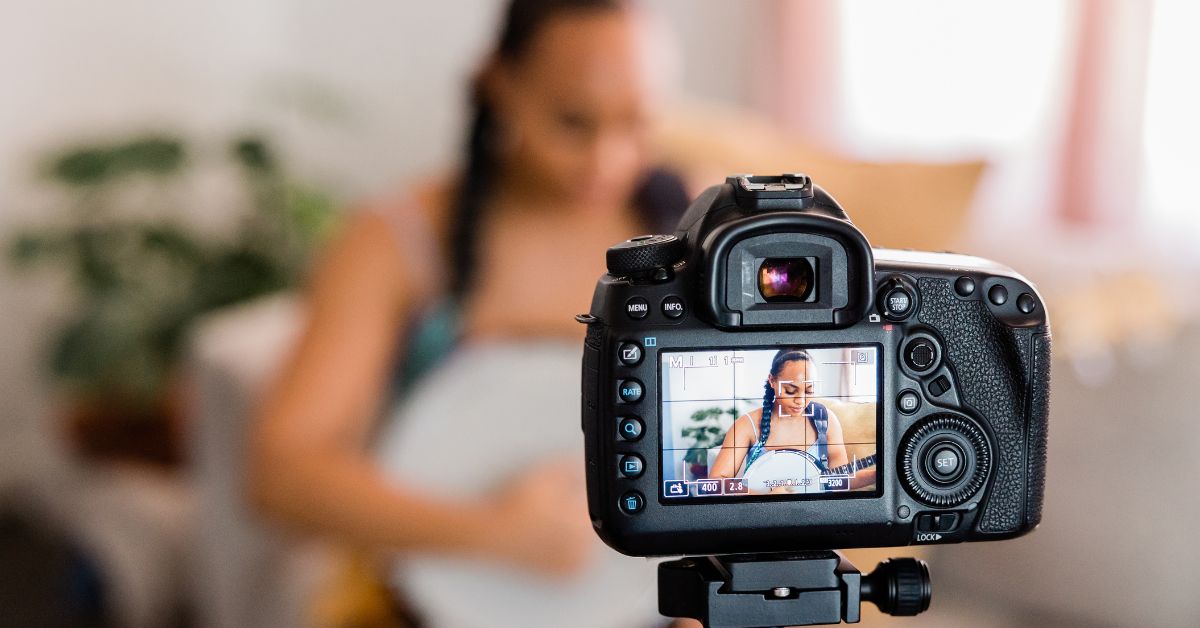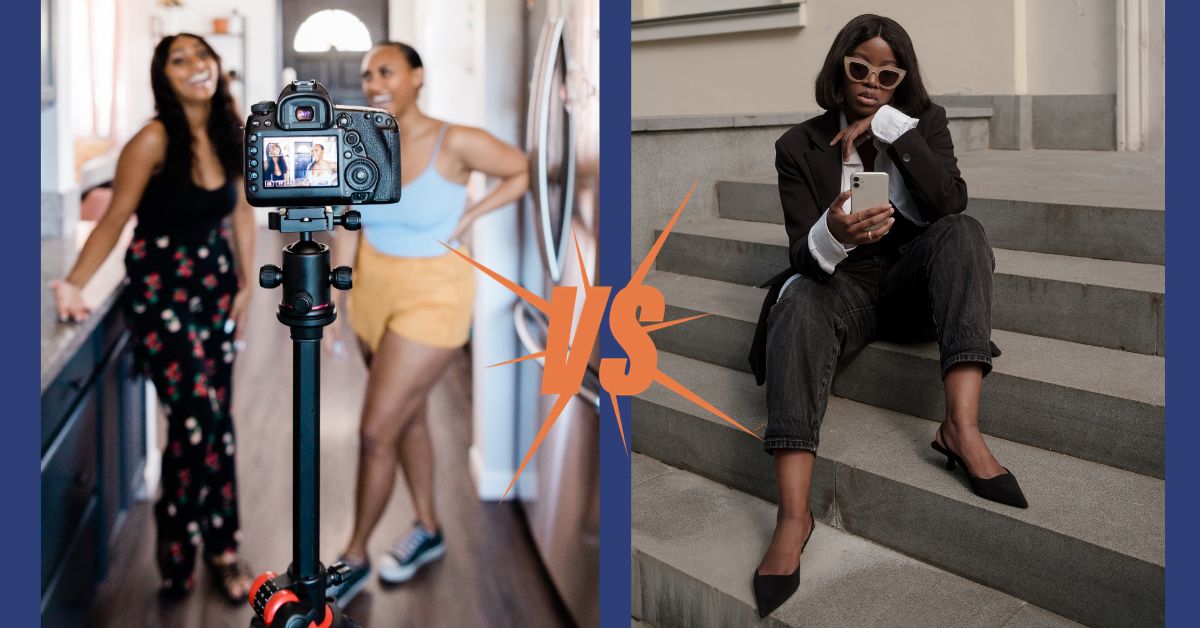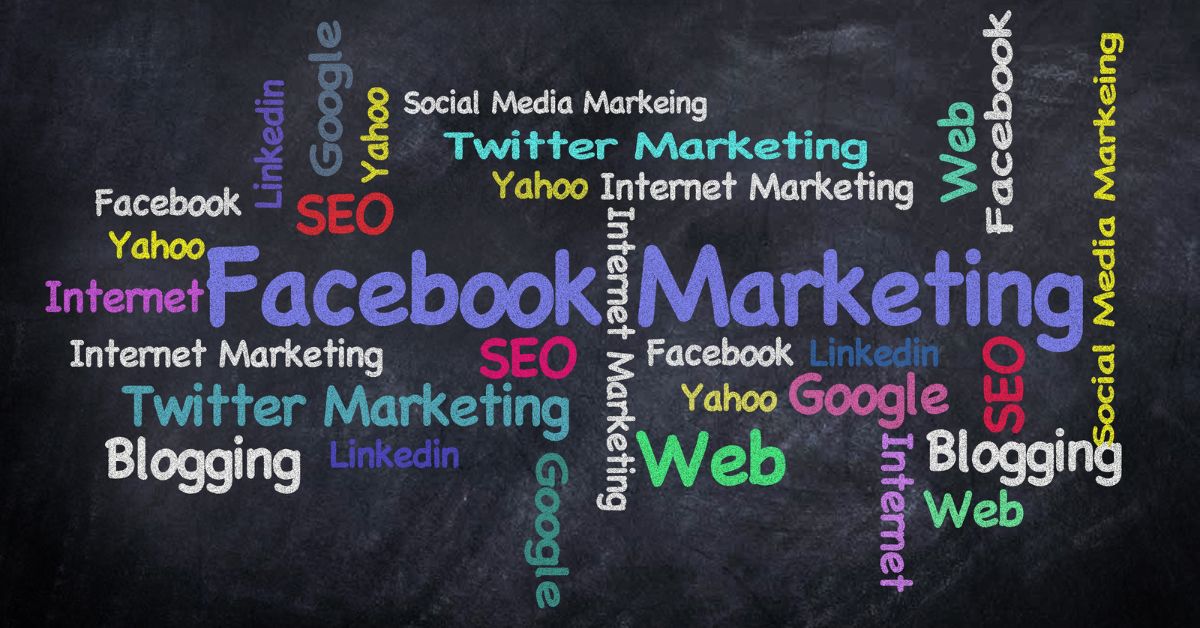11 Proven Ways to Use Social Media for B2B Sales Lead Generation

In the vast marketing realm, B2B lead generation is a crucial pillar. It involves identifying and targeting potential customers, igniting their interest in your products or services. Lead generation is the foundation upon which your marketing strategies are built.
B2B lead generation spans various channels, both online and offline. Among them, social media emerges as a potent force, with 4.48 billion global users, 63% active.
However, generating leads is no walk in the park. It's a process that demands time and effort. Yet, the underlying principle is straightforward – your business needs a compelling website or landing page that showcases your offerings and relevant information.
This digital space should be crafted with your target audience, enticing them to explore and learn more about your business.
Once visitors land on your website, the next step is crucial. Utilize persuasive 'call-to-action' buttons to encourage trust and convince them to share their information. This allows you to keep them updated on your products and important announcements.
But why would someone visit your website if they're not already interested? Creating interest involves making your potential customers aware of your brand and services.
Social Media for B2B Lead Generation
Many entrepreneurs shy away from using social media for lead generation, perceiving it as a platform dominated by images and videos. However, 56.8% of the world's population on social media offers a golden opportunity to captivate a massive audience.
You no longer need to worry about finding an audience; they're already there. Social media lead generation is quick, easy, and cost-effective.
Let's dive into eleven powerful ways to leverage social media for B2B lead generation.
1. Check Your Website
While this article focuses on social media, your website is the destination where leads should convert. Ensure your landing page clearly communicates who you are and what you do and offers visitors an easily navigable path.
Before optimizing social media accounts, ensure your website is primed to convert leads.
2. Optimize Your Business Page Profiles
Transforming your social media into a lead-generating powerhouse starts with optimizing your business profiles.
Imagine your profile as a virtual storefront, inviting potential leads to explore, engage, and take action.
Add a compelling call-to-action (CTA) button, accurate contact details, your website link, and some eye-catching product pictures. Here are some examples below
a. Facebook
- Match Business Name with Website URL: Consistency is vital to avoid confusion.
- Unique URL: Choose a memorable URL after acquiring 25 likes for easy recall.
- About Page: Complete all relevant information for visitor assistance and SEO enhancement.
b. Twitter
- Compelling Bio: Maintain professionalism and avoid humor to uphold a positive brand image.
- Profile and Header Images: Use recognizable brand visuals and change header images to align with campaigns.
- Hashtags: Boost engagement with well-chosen hashtags, avoiding overuse.
3. Social Listening
Stay attuned to your audience through social listening. Tools like Google Alerts, social media management tools, and competitor observation enhance your market understanding.
4. Gated Content
Encourage lead generation by gating valuable content. This tactic involves offering exclusive resources in exchange for visitor contact details.
Gated content ensures increased lead generation and opens the door to building a robust email marketing list.
Successfully acquiring email addresses allows you to effortlessly share updates and unveil new products, cementing your brand's connection with potential customers.
5. Social Selling
Harness the power of social media not just for marketing but to boost sales. It doesn't matter if the sale happens on your website or social media profile; what matters is making that sale.
Your sales team plays a vital role—answering customer queries and engaging with visitors to spark interest in your brand.
Remember, what works for one business on a social media platform may not work for you, so diversify your approach. Develop tailored strategies for effective social selling and watch your sales soar!
6. Social Leads Ads
Utilize advanced targeting on platforms like Facebook and Instagram. Start by analyzing your ideal buyer—consider their age, profession, status, and gender.
Once you've crafted a buyer profile, design tailored content and irresistible offers aligned with your target audience.
These platforms provide advanced targeting capabilities, ensuring quality leads for your business.
7. Giveaways
Host contests and giveaways to increase brand awareness and attract leads.
Everyone loves freebies, especially when they're appealing and valuable. Simply invite people to share their email or follow your social media accounts for a chance to win.
Ensure your giveaway targets your ideal audience, setting clear rules. Forget large audiences that don't align with your buyer's profile; focus on those who match your buyer persona.
This strategic approach brings in leads and spreads awareness of your brand and its solutions.
8. Run a Referral Campaign
B2B companies thrive on customer referrals, rewarding both the referrer and the referred, whether with discounts or special perks.
Harness the power of word-of-mouth marketing through engaging posts that encourage followers to refer friends. Convert customers into brand ambassadors effortlessly.
9. Free Trial or Discount Codes
Quickly turn a visitor into a customer by offering a tempting deal—try a free trial or snag a discount.
Promote this enticing offer across your social media platforms to generate leads and turbocharge them into high-quality ones.
Provide discount codes as a sweet bonus when customers sign up for your newsletter or make a purchase within the next 24 or 48 hours.
This savvy tactic effortlessly converts potential buyers into satisfied customers, giving them a taste of what you offer.
10. Team Up With An Affiliate Company
Collaborate with affiliate companies for targeted social media lead generation. Leverage their expertise to reach specific demographics and enhance brand visibility.
These affiliate experts understand the ins and outs of effective social media practices, tailoring content for your target audience. They skillfully gather new leads through social platforms, obtaining crucial contact information.
Plus, many offer B2B appointment-setting services, streamlining the process for your sales team to swoop in and seal the deal. Elevate your business with strategic collaboration.
11. User-Friendly Landing Pages
Now that you've embraced these tips, it's time to ensure your visitors have a delightful experience on your website. Craft a landing page that's a breeze to navigate and loaded with relevant and helpful information.
Spare your customers from the hassle of jumping between pages; everything they need should be right there. A positive landing page experience will improve lead conversion.
Wrapping Up
Social media offers myriad avenues for lead generation. Implementing the above tips, which are cost-effective and easily executable, can yield high-quality leads for your brand.
Whether on Facebook, Instagram, LinkedIn, Twitter, or any other platform, social media can be a powerful tool for B2B lead generation. Develop a buyer profile, craft content with your audience in mind, and promote it strategically.
Remember, leads won't materialize overnight; consistency is crucial in reaping the fruits of your lead generation strategy.
At DottsMediaHouse, we simplify social media lead generation and are ready to assist you in taking your business to new heights.








